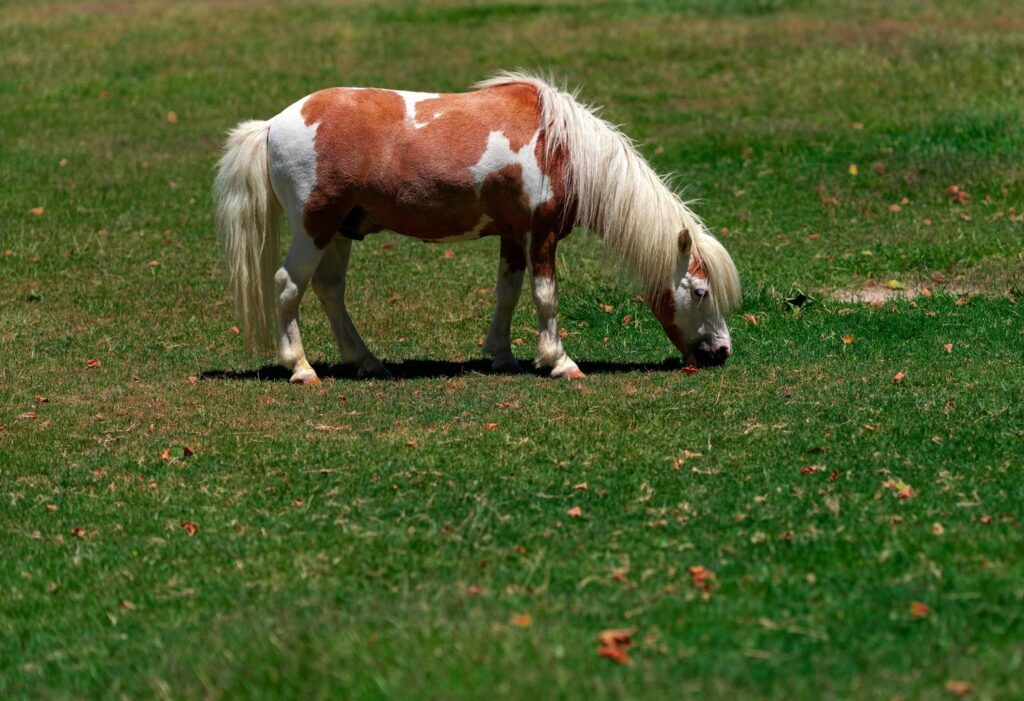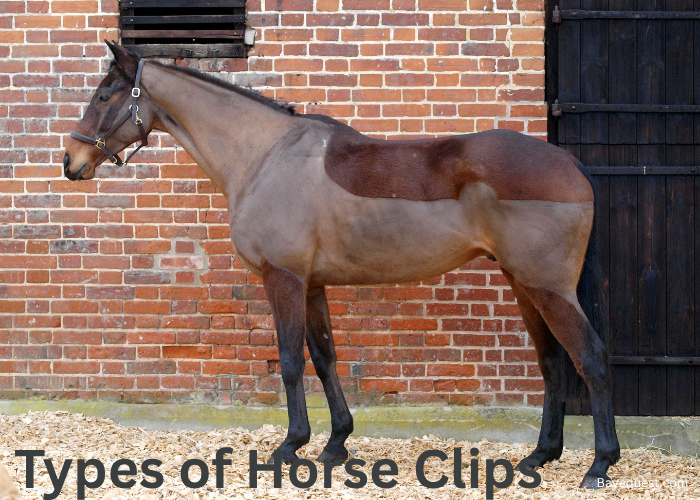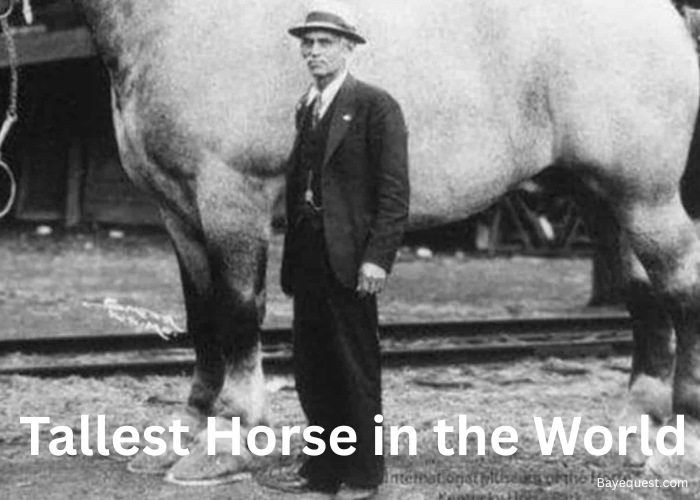As tiny as they are, Miniature horses are impossible to miss. There is something about their kid-like stance that makes you want to stop everything you’re doing and try to carry one.
If you’ve gone past the pining phase and are ready for commitment, you might be wondering: how much is a mini horse?
In this article, we’ll be answering this question as well as what a mini horse actually is, the factors that affect their price, and a few horse care tips.
Miniature Horse Cost
Despite their poodle-like physique, miniature horses cost just about the same as large horses. Most people spend on average, between $1,000 to $8,000 on their tiny horse purchase. If you’re looking for a little horse that has performed excellently at events or comes from a famed bloodline, you would need to budget tens of thousands of dollars.
Even though these horses cost more than a Mustang, the main savings come with monthly care.
If the price you are getting from a breeder sounds outrageous or too good to be true, you need to ensure you are actually buying a mini horse and not something else.
What is a Miniature Horse?
According to the American Miniature Horse Association (AMHA), American Miniature Horses are a unique breed that is a small duplicate version of well-balanced horses. They have the same conformation characteristics as larger breeds but with a maximum adult height of 34 inches (ground to withers).
The height criteria is a key defining trait, and is the same standard used by the British Miniature Horse Society. However, the American Miniature Horse Registry allows heights of up to 38 inches. *If you plan on showing, it is best to buy a tiny horse that conforms to the event’s limits.
It is important to note that mini horses are not the same as Shetland ponies or dwarf horses, despite what search results suggest. Ponies are smaller horses quite alright, but they do not have the same proportions as large breeds. In particular, they tend to have shorter legs by proportion and can reach a height of 42 inches.
On the other hand, dwarfism is a medical condition that causes malformations that affect the health and welfare of horses. Dwarfism can affect any horse breed, including mini horses. It is worth noting that the AMHA does not issue certificates to dwarf minis.
Miniature horses often look like shrunken versions of Quarter Horses and Arabians. Besides sharing their good looks, they are also very intelligent, gentle, great with kids and adults, and perform really well in Western Circuits.
Read: Miniature Horses vs Ponies
What are the factors affecting the cost of a Miniature Horse?
The interesting thing about the cost of miniature horses is that you could snap one up for $1,000 and feel cheated or purchase one for $200,000 and feel like you’ve made the deal of a lifetime.
The cost of owning a miniature horse will vary depending on these factors:
Pedigree and Registration
Just like a typical horse, the pedigree of these tiny horses has the greatest impact on their price. Miniature horses from show-winning bloodlines complete with AMHA registration often go for upwards of $7,500.
Conversely, unregistered minis might not graze $2,000. As noted earlier, certification is also important because it reduces the chances of buying a dwarf horse mistakenly.
Color and Conformation
The rarer a tiny horse looks, the more expensive it is. That is why breeders place a premium on minis with unique markings and coat patterns that closely match larger breeds like Appaloosa and black Arabians. These minis combined with pedigree bloodlines can fetch north of $10,000.
A huge part of looking like a shrunken version of a larger breed is to have similar proportions. A tiny Arabian should be identical to a large one, or it will lose some value.
Training and Skills
A well-trained Miniature Horse, whether for basic handling, driving, or dressage, will be more expensive. Even though it adds a couple thousand dollars to the upfront cost, it will save you a lot in running costs.
You could easily spend over $300 a month to train your mini. If you’re trying to get it competition-ready in a short period, this could reach $2,000 a month, which erodes whatever you saved with the initial purchase.
Age and Gender
Like all horses, the price of miniature horses for sale will vary greatly depending on age and gender. Stallions with desirable genetics will cost twice as much as foals or geldings. That is because of the long-term profitability.
Tracey Byrne of Chambers Flat with her miniature Arab named Unique Superstition from America. Pic: Josh Woning.
A good example is the black stallion Unique Superstition, which sold for an incredible $45,000. What is more astounding is that each of its foals can sell for between $6,000 to $10,000. Given how valuable his offspring are, this tiny horse price is a bargain!
Size
Surprisingly, even within the world of tiny horses, size matters. The smaller the horse, the rarer and the more valuable. Of course, even small, mini horses MUST have the same conformation as large breeds.
Achieving this result shows incredible breeding skills, hence the slightly higher price tags. Conversely, mini horses that exceed the 34” barrier often sell for less than $10,000, even if they have performed well in the Circuits.
Intended use
While this isn’t a factor that affects the price of a miniature horse, it should affect your budget. For example, if you are looking for a household pet for your kids, you probably won’t care about pedigree or training.
You might also not be concerned about registration, so you can easily budget $2,000 for your dream foal.
If you’re looking for a therapy horse or a miniature horse for competitions, your budget should be at least $7,000.
Do you have the right environment for a Miniature Horse?
Many prospective owners like the idea of a horse that can live in the house like a pet dog. Even though they are similar in size, miniature horses often face the same zoning regulations as large horses.
So, before you purchase one, here are a few things you need:
Sufficient outdoor space
Photo by Gabriel Menchaca on Unsplash
A horse is still a horse. This means every breed loves nothing more than a space to run around, explore, and graze. Fortunately, the play area miniature horses need is not as large as their big siblings.
Some people suggest 40 feet by 60 feet per horse, while others argue you can have two minis in half that space, and they would be just as happy.
The minimum recommendation by the AMHA is three miniature horses per acre. However, you still need to check with your municipality to see if it holds.
While it is fine for your mini to trot into the house whenever it feels like, you should have enough space outside. Confined spaces can cause physical and mental health issues for all pets, miniature horses included.
Shelter
Finding external shelter for large horses is usually pretty easy, albeit expensive. But with mini horses, this can be challenging. Many stables refuse to board miniature horses alongside large breeds, and for good reason.
That is why many owners prefer to build their own stable. The average three-sided shelter costs less than $3,000 unless you want a fancy stall or have a few horses. That could go up to about $10,000, depending on where you live.
Companionship
Unlike cats and dogs, horses thrive on companionship. They like being part of a herd. When you have just one mini horse, it might want to play and express itself with humans the way it would with another horse, which can be disconcerting.
It is better to have at least two miniature horses to keep each other company. If you can only keep one, you might need to arrange play dates regularly, even if you have other pets in the house.
That said, mini horses shouldn’t be left to roam with large horses because they can be injured. Horses of the same size are best.
Miniature Horse Care Monthly Cost
The purchase price of Miniature horses can seem exaggerated, considering you can get larger breeds for the same price or less.
However, where you see the difference is with miniature horse care. Thanks to their noble sizes (and bellies), you can easily spend a quarter of what you would on a regular-sized horse in many of the following areas.
Feed Cost
Miniature horses love all the regular things – hay, green pasture, and salt licks. They also enjoy the occasional apple, which they like right in your kitchen. An adequate feeding budget is $350 a month, depending on where you live – horse feed is more expensive in California, New York, and Hawaii.
Spending as little as $100 every month on feeding is also possible. Some miniature horses require special diets and shouldn’t eat a lot of green grass, so you need to speak to your veterinarian.
Boarding
The best place to keep your horse is on your land. Even though building a shelter can cost you up to $10,000, it is still cheaper in the long run than using a boarding facility.
Some professional stables will charge the same price as a large horse, which means you could spend anywhere from $100 a month for a self-care facility to $1,500 for a full-service center.
The plus side of full-care boarding is you don’t have to provide food, manure removal, or bedding. This makes it more convenient, though not more affordable, than keeping your mini at home.
Veterinary care
Miniature horses need regular vet visits, just like large ones, for vaccinations, deworming, dental checks, and routine assessments. In some instances, miniature horses might require more medical supervision.
The breeding methods required to produce a miniature horse are not without its setbacks, such as a greater risk of hyperlipaemia and a few other conditions. These require more frequent visits, stricter diets, or specialized training. Buying a registered horse will provide some level of certainty, but still get a vet check before purchase.
If your mini is as healthy as a horse, an annual budget of $3,500 should cover all your healthcare costs.
Farrier care
Small hooves mean smaller farrier costs. Besides that, miniature horses rarely need shoes, which is a bonus saving. As such, you can expect to spend less than $100 a month on hoof care.
The average mini requires trimming every 6 to 8 weeks, at $90 – $190 per visit.
So, not only do they require fewer farrier visits, each visit also costs less.
Bedding and equipment
There’s nothing like a good night’s rest to get your miniature horse in the mood for driving, playing, or therapy. Straw, shavings, pellets, blankets, and other comforts will cost between $150 to $250 a month.
Other things you can add to this are treats, toys, brushes, halters, and grooming supplies, which would be an extra $50 to $100 a month. Thankfully, you don’t need saddles.
Training and miscellaneous
Image courtesy of AMHA
This is a cost that is heavy on the front end but dwindles significantly over time. Just like for large breeds, you can expect to pay $45 to $100 for half an hour of training. However, you don’t have to keep paying for an external trainer.
Mini horses are so small that even children can help train them.
Other sporadic costs can include transportation, event entry costs, show equipment, and special treats. There is no limit on how much you can spend on these things, as it will depend on the number of competitions you go for. Plus, if your mini horse wins, this could pay for itself.
FAQs
How long do mini horses live?
Mini horses live between 20 – 30 years, with some reaching 35 years. Even though they are roughly the same size as dogs, they live twice as long. The oldest mini horse on record lived to be 50 years old.
Are mini horses good pets?
Yes, mini horses are great pets. Unlike large horses, they can be handled by kids and people with limited mobility. They. also have a pleasant temperament, are easy to train and are a great companion animal.
Are mini horses hard to keep?
No, mini horses are not hard to keep. Provided you have enough space, you can fence off a portion of your backyard and build a small stable. They have similar needs to a cat or dog, but their vet bills might be slightly higher.
How to buy a small horse?
The cheapest place to buy a mini horse is from a private breeder. You can also buy one online or from a public auction. Wherever you buy from, make sure you ask for certification documents and pay for a vet check.
Can You Ride a Miniature Horse?
Riding miniature horses is not recommended for adults due to their small size and weight limitations. They can accommodate small children under certain conditions, but it’s essential to consider the horse’s health and well-being. Miniature horses are better suited for companionship, therapy, and show rather than ridin
Mini horse, major joy
Miniature horses are such a delight to own. Their playful agility, dog-like cheekiness, and high intelligence make them great companies for adults, children, and people with limited mobility.
Even though these munchkins cost a bit more than some larger horse breeds, their annual care costs considerably less. Besides, you can’t put a price on joy.
If you want more than a pet and want to buy a miniature horse for events, this article on the affordability of the Horse Show Life is a good place to start.








